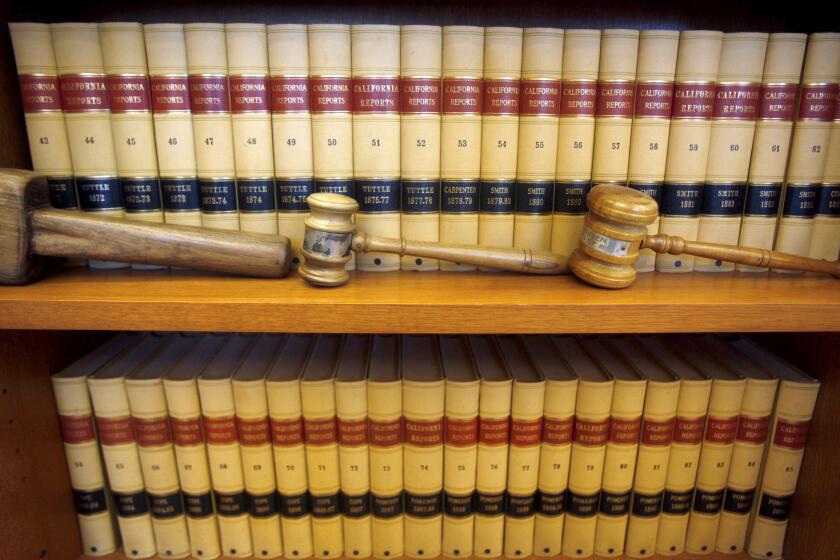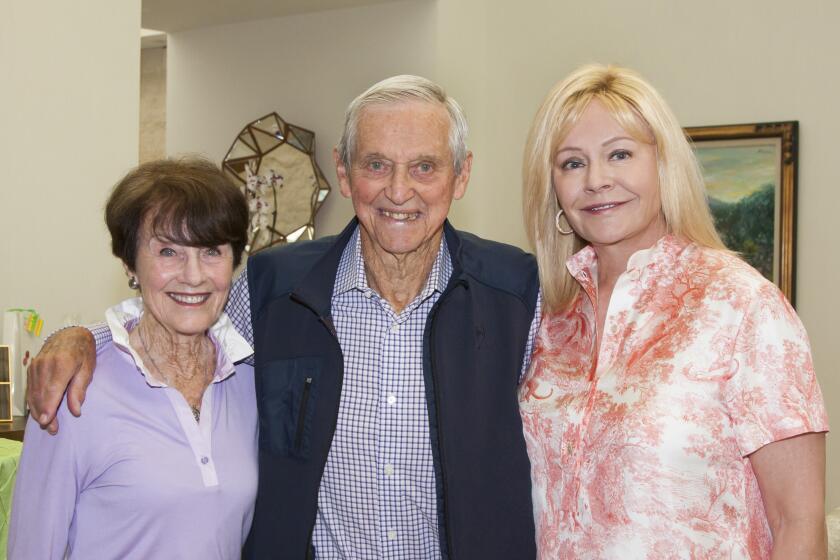Island living in Laguna
Oh my god, it really is the sun!
When I woke to blue skies after 2½ months of grey, the color seemed iridescent, like something out of a dream. I shunned my indoor yoga class and headed straight to the beach and park for an early morning walk covered in sunscreen.
It’s been a long introduction to summer. The trough that has hung on the edge of the West Coast has made most of my friends (and me) cranky and somewhat on edge. We are all sunlight junkies and were way low on our fix. Thankfully, the middle of July has shown her true colors, and the beach now beckons with summer fun.
As I’d pondered the persistent dark and gloomy weather over the past weeks, and fomented in my cranky state, I’d begun to question why I stay in Laguna in the summer. The crowds seem to rub up against my need for personal space.
It was an appointment with my local insurance broker, at his Forest Avenue office, that pushed me over the edge. Thirty-five minutes of circling every lot and street for a place to leave my car had proved futile. When a space finally appeared on the far end of Ocean, I greedily took it. The walk to Forest should have been a short hop — except for the throngs that blocked the sidewalks, gazed in store windows, and were clearly in no hurry to be anywhere.
I had to bite my tongue to stop from cursing. Who were all these people?
When I was a teenager, the huge influx of tourists meant different people to meet (i.e., young men) and a never-ending parade of parties. Now, it means snarled intersections and long lines for everything. Yes, I sound like a curmudgeon.
Once upon a time — bear with me, this may be incredulous to those of you who are relatively new to the hood — there were no freeways in this part of Southern California. That’s right. No 405, 5, 55, 22, 57, 91, 73, 240, etc., etc. Pacific Coast Highway was the main north and south route. Laguna Canyon was our east-west passage, winding through the sometimes green, sometimes brown chaparral. And the town of El Toro (before it became Lake Forest) was a gas station, a small country store and a military air strip. Cattle ranged freely and orange trees held ground that is now covered by tract home communities. Sound idyllic? It was.
For those of us who arrived and/or grew up in the ‘50s and ‘60s, we are categorically spoiled.
Laguna was an island with nothing but open space and Al’s Horse Ranch between Emerald Bay and Corona del Mar. To the south, again, open space between Three Arch Bay and Dana Point (which had incredible waves and no harbor). Imagine a dirt road down to the local surfing spot, Salt Creek. To the east, Mission Viejo had just begun to sprout homes and sidewalked streets, and Aliso Viejo hadn’t hit the planning commissions.
Luckily for all of us, a man named James Dilley had both the brilliance and the foresight to recognize the value of “island” living, based on green swathes of land that he had admired in England. The owner of a local bookstore, his dream of the unadulterated Greenbelt that currently rings our fair city was fought for and agonized over by like-minded activists. The Irvine Co., which owned most of the land, had plans to cover the hillsides with tract homes and shopping malls.
Dilley’s dream came to be called Laguna Greenbelt and is now Laguna Coast Wilderness Park. It was made manifest by the local citizenry, who acknowledged the need for a kind of “gatekeeper” environment. We gladly and happily voted to tax ourselves to buy the surrounding open space, and I don’t believe that any one of us has ever regretted that decision. Today there are more than 7,000 acres in Laguna Coast Wilderness Park and more than 19,000 contiguous acres of wildlands surrounding Laguna Beach. Add to the Greenbelt, the fact that we have a naturally occurring Bluebelt, and you’ve stumbled upon the two main reasons that Laguna delights me — even during extended periods of overzealous visitors and persistent grey.
Because of the Greenbelt and Bluebelt, I can step away from the push/pull of everyday life, leave my computer tied to its plug, and explore the tonic that resides in wild lands and seas. It is here that I ponder the pairs. The deer and dolphins. The rattlesnakes and eels. The coyotes and sharks. It is here that I remember the words of Henry David Thoreau, “…that in Wildness is the preservation of the World.”
CATHARINE COOPER loves wild places. She can be reached at ccooper@cooperdesign.net.
All the latest on Orange County from Orange County.
Get our free TimesOC newsletter.
You may occasionally receive promotional content from the Daily Pilot.



